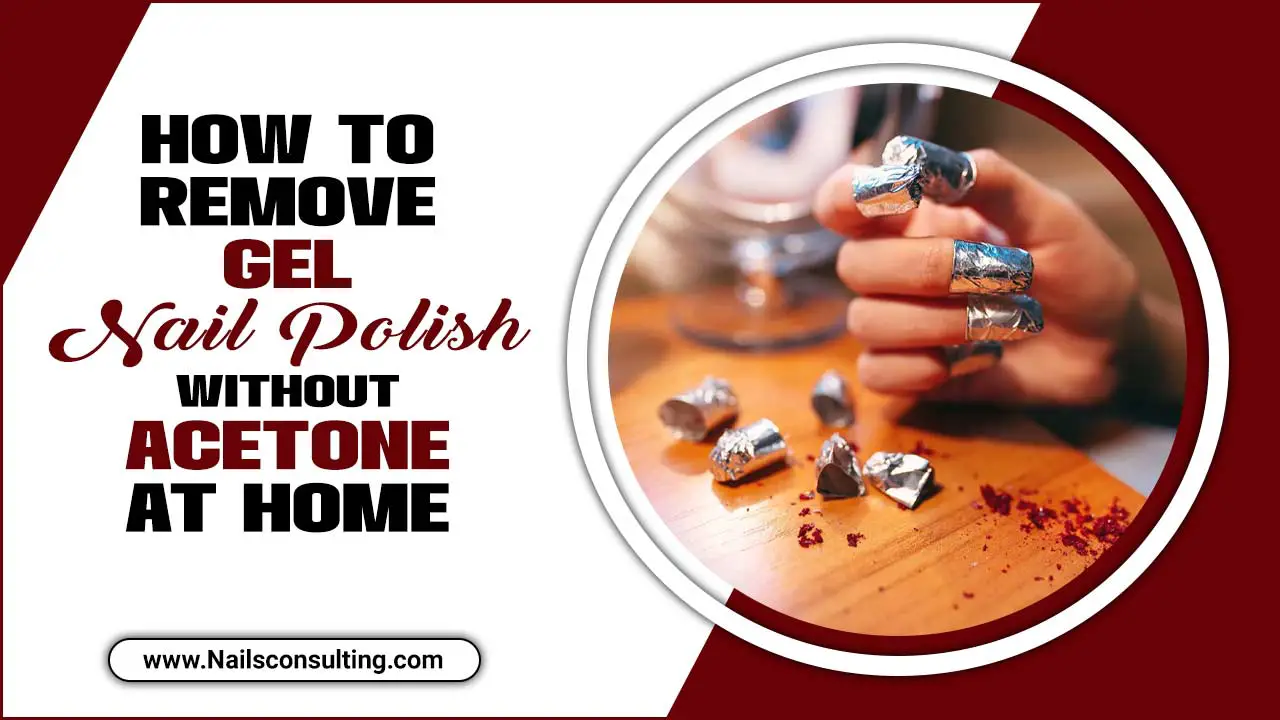When painting interior or exterior surfaces, it is important to understand the difference between primer and base coat.
While many may use these terms interchangeably, they serve distinct purposes, and choosing the right one for your project can make all the difference. Primer and base coat are both essential components in the painting process, but each has its unique qualities that contribute to the overall finish and longevity of the paint job.
Here, we will delve into what is the difference between primer and base coat, including their functions, application techniques, and suitable surfaces. By the end, you will have a clear understanding of when to use a primer or base coat and how each can help you achieve a professional and long-lasting paint job.
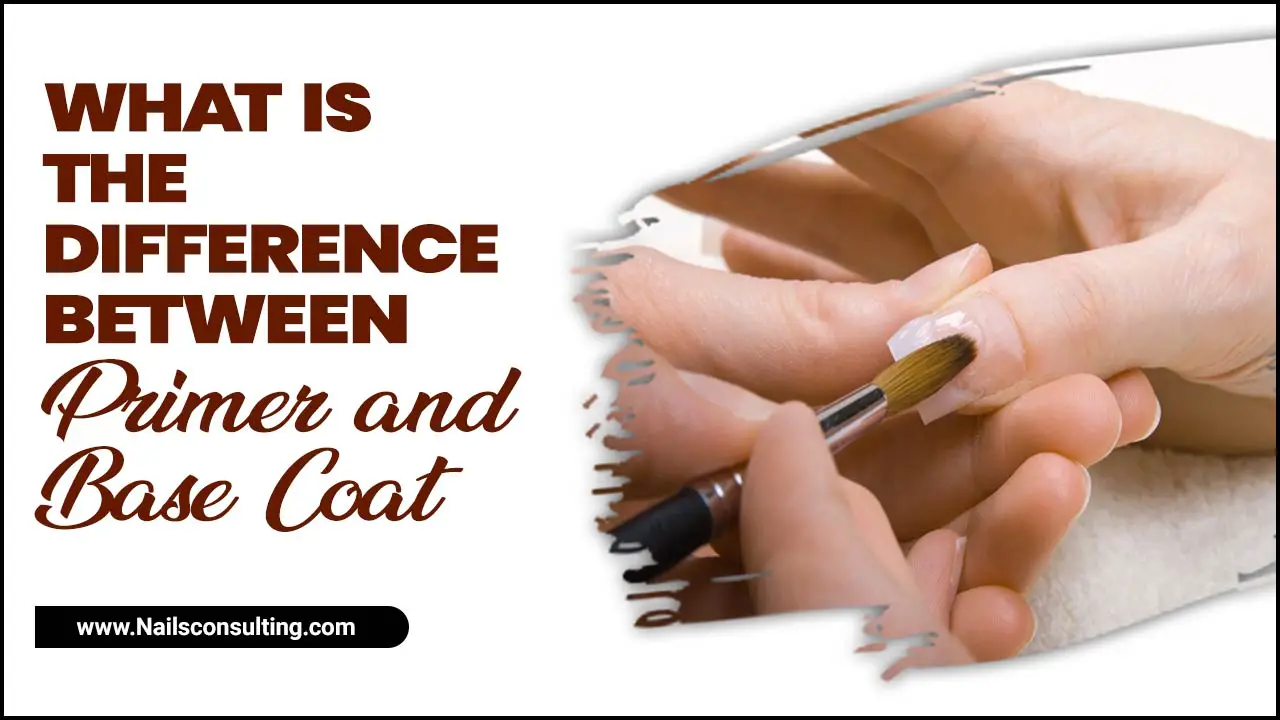
What Is The Difference Between Primer And Base Coat – Explain In Details

Here to know the answer: what is the difference between primer and base coat? Explain in detail here what the difference between primer and base coat is. Primer and base coat are both essential components in the process of painting or applying a finish to a surface. However, they serve different purposes and have distinct characteristics.
A primer is a preparatory coating that is applied before painting. It is designed to create a smooth and even surface for the paint to adhere to. Primers are typically used to seal the surface, prevent stains or discolouration from bleeding through, improve paint adhesion, and enhance the durability of the paint job. They come in different types, such as oil-based, water-based, or shellac-based, depending on the specific needs of the project.
On the other hand, a base coat is the initial layer of paint that is applied after the primer. It is the main colour or tone that forms the foundation of the paint job. Base coats are available in various shades and finishes and are handy for providing the desired colour and appearance to the surface.
Types Of Primers And Their Specific Uses
Primers play a crucial role in molecular biology research by initiating the amplification of specific DNA sequences. These short single-stranded oligonucleotides have specific designs to complement a specific region of the target DNA, serving as the starting points for DNA synthesis. Primers are typically synthesized chemically and have specific designs to be highly specific and efficient in their binding to the target sequence. Types of primers and their specific uses:
- Bonding Primers: These primers are used to create a strong bond between the surface and the subsequent layers of paint or coating. They are commonly handy on smooth or non-porous surfaces such as metal, glass, or plastic.
- Wood Primers: Designed specifically for wooden surfaces, wood primers help to seal the wood, prevent moisture penetration, and improve the adhesion of the topcoat. They are ideal for use on bare or weathered wood.
- Masonry Primers: Masonry primers are used on surfaces such as concrete, brick, or stucco to improve adhesion and enhance the durability of the paint or coating. They also help to seal the porous surface and minimize efflorescence (white salt deposits) from appearing.
- Rust-Inhibitive Primers: These primers are formulated to prevent further rust formation on metal surfaces. They contain rust-inhibiting agents that penetrate the rusted
Benefits Of Using Primer Before Applying Paint
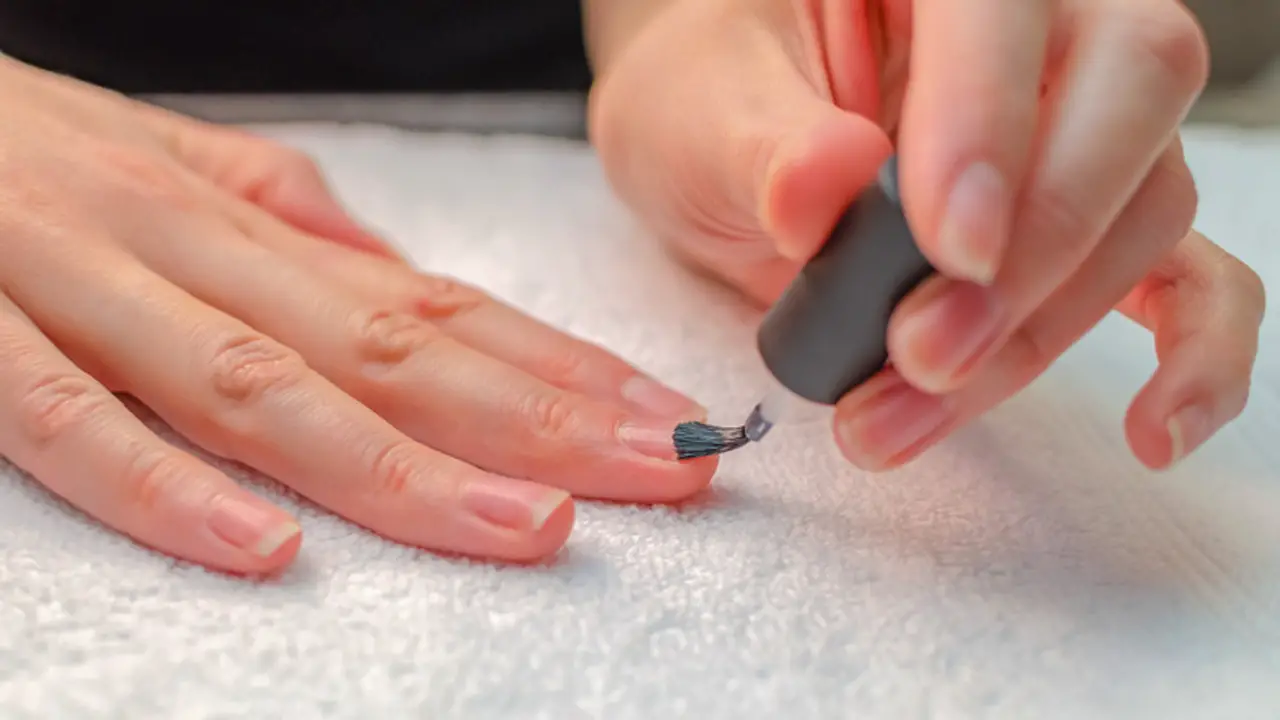
The process of painting, the application of primer before applying paint, is often a step that is overlooked or dismissed as unnecessary. However, understanding the benefits of using primer can greatly enhance the overall quality and longevity of a painted surface.
Primer serves as a preparatory layer that acts as a bridge between the surface being painted and the paint itself. Primer is a preparatory coating that is applied before painting. It offers a range of benefits when used before applying paint, including:
- Improved adhesion: Primer helps paint adhere better to the surface, creating a strong bond that prevents peeling, cracking, or flaking.
- Enhanced durability: By providing a smooth and even surface, primer helps paint last longer, reducing the need for frequent touch-ups or repainting.
- Better coverage: Primer helps to hide imperfections, such as stains, marks, or discolouration, creating a more uniform and professional-looking finish.
- Time and cost savings: Using a primer can reduce the number of paint coats needed to achieve full coverage, saving both time and money.
- Increased colour vibrancy: Primer creates a neutral base for paint, allowing the true colour to stand out and appear more vibrant.
- Stain blocking: Certain primers are specifically designed to block stains, such as water or smoke damage, preventing them from
How To Properly Apply Primer On Different Surfaces
To properly apply primer on different surfaces, including primer and base coat, follow these steps:
- Preparation:
- Clean the surface: Remove any dirt, dust, or grease from the surface using soap, water, and a sponge or cloth. Rinse thoroughly and allow it to dry completely.
- Sand the surface: Use sandpaper or a sanding block to roughen up the surface slightly. This helps the primer adhere better.
- Choosing the right primer:
- Select a primer based on the type of surface you are working with. Different surfaces may require specific primers such as metal primer, wood primer, or drywall primer. Read the manufacturer’s instructions to ensure compatibility.
- Application:
- Stir the primer: Mix the primer thoroughly using a stirring stick, ensuring the distribution of any settled pigments evenly.
- Use a brush or roller: Apply the primer using a high-quality brush or roller, depending on the size and texture of the surface.
Understanding The Purpose Of Base Coat
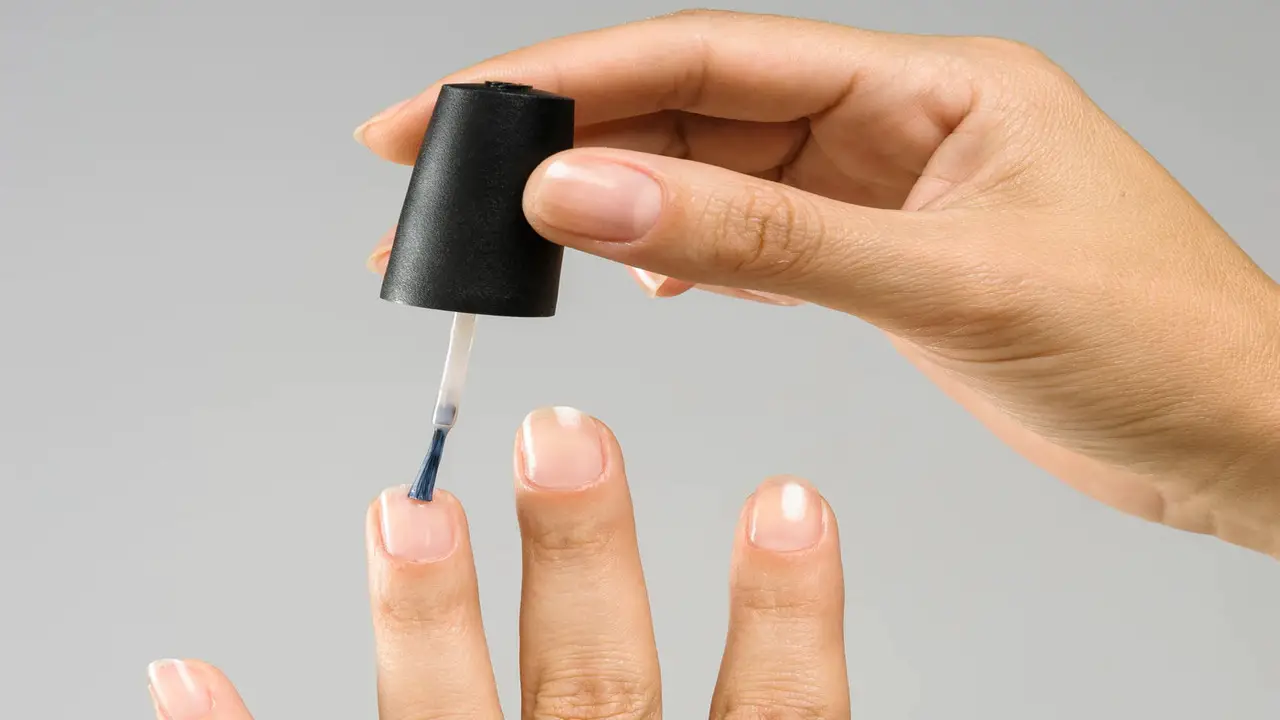
Understanding the purpose of a base coat is essential when it comes to primer and base coat in painting or cosmetic applications. Typically, you apply the base coat after the primer, and it serves several important functions.
- The base coat provides a smooth and even surface for the topcoat or final layer of paint. It helps to fill in any imperfections, such as scratches or small dents, creating a more uniform and professional finish.
- Its base coat enhances the adhesion of the topcoat to the surface. It creates a strong bond between the paint layers, ensuring that the final coat adheres properly and remains durable over time.
- The base coat can act as a colour corrector or equalizer. It helps to neutralize any underlying colours or stains on the surface, providing a consistent base for the desired colour or shade.
Types Of Base Coats And Their Specific Uses
Primer and base coats are important components in the process of painting or applying a finish to various surfaces. Here are some types of base coats and their specific uses:
- Primer: A primer is a type of base coat that is designed to create a smooth and even surface for the topcoat. People typically apply it to bare or prepared surfaces before painting. Primers help to enhance adhesion, prevent peeling or flaking, and provide a consistent base for the topcoat. They are available in different types, such as oil-based, water-based, and shellac-based, each with its specific uses.
- Stain-blocking primer: This type of primer is specifically formulated to prevent stains from bleeding through the topcoat. It is commonly handy on surfaces that have been affected by water damage, smoke damage, or existing stains, such as nicotine or ink stains. Stain-blocking primers help to seal the stains and prevent them from reappearing on the finished surface.
Benefits Of Using Base Coat In The Painting Process
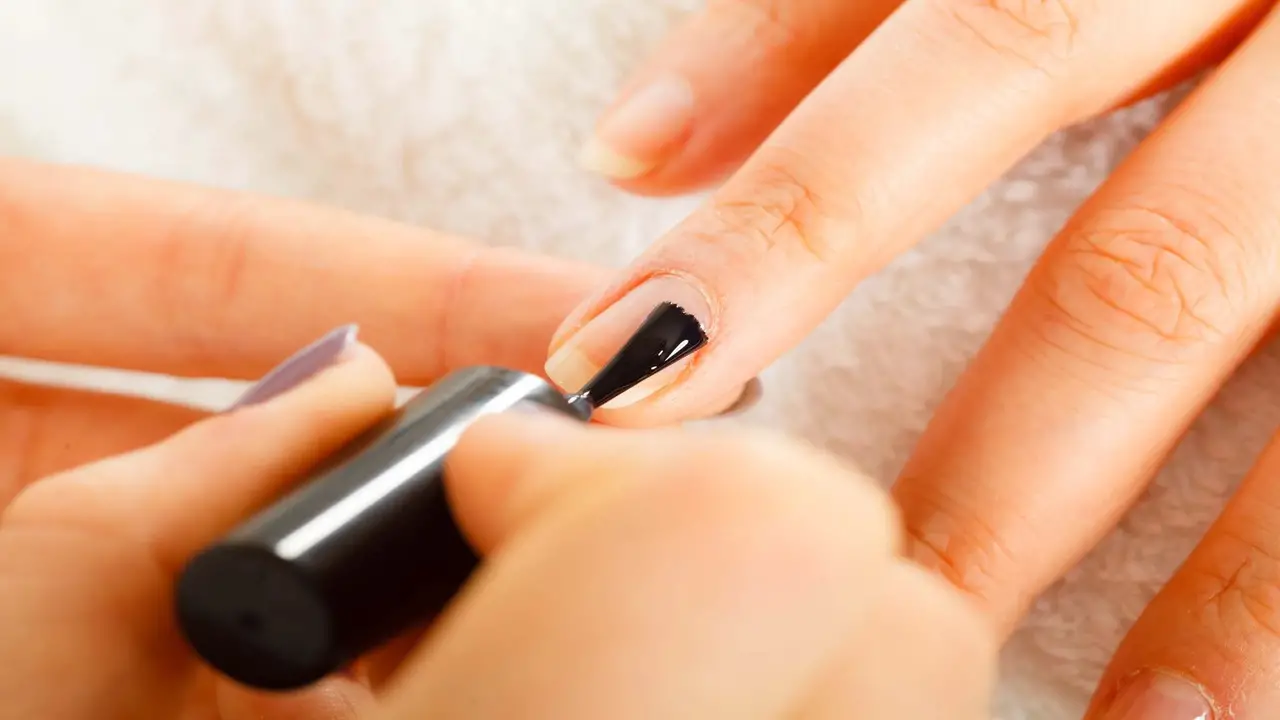
understanding the benefits of using primer can greatly enhance the overall quality and longevity of a painted surface. Primer serves as a preparatory layer that acts as a bridge between the surface being painted and the paint itself. It provides a smooth and uniform surface, which allows the paint to adhere more effectively. Benefits of using a base coat in the painting process:
- Enhanced Adhesion: The base coat acts as a foundation for the paint layers, ensuring better adhesion to the surface. This helps to prevent peeling, cracking, or chipping of the paint over time.
- Improved Coverage: Applying a base coat allows for better coverage of the paint colour, especially when working with darker or contrasting shades. It helps to create a uniform and consistent appearance across the surface.
- Increased Durability: The base coat provides an extra layer of protection to the painted surface, making it more resistant to wear and tear. It helps to shield the surface from scratches, stains, and other damages, thus increasing the lifespan of the paint job.
- Smoother Finish: By using a base coat, you can create a smoother surface for the subsequent layers of paint. This helps to minimize imperfections, such as uneven texture or surface irregularities, resulting in a more professional and polished finish.
How To Properly Apply Base Coat For A Smooth Finish
In the realm of home improvement and renovation, it is essential to possess a comprehensive understanding of the techniques involved in properly applying a base coat to achieve a smooth finish. The significance of this process cannot be overstated, as it serves as the foundation upon which subsequent layers of paint or other finishing materials are applied. To properly apply a base coat for a smooth finish, follow these steps:
- Prepare the surface: Ensure that the surface is clean, dry, and free of any dust or debris. If needed, sand the surface to remove any roughness or imperfections.
- Choose the right primer: Select a primer that is suitable for the type of surface you are painting. For example, if you are painting a wooden surface, use a wood primer.
- Prime the surface: Apply a thin and even coat of primer using a brush or a roller. Start from the top and work your way down, covering the entire surface. Make sure to follow the manufacturer’s instructions regarding drying times between coats.
- Sand the primer: Once the primer is dry, lightly sand the surface with fine-grit sandpaper. This will help to smooth out any rough spots or brush strokes, ensuring a smoother base for the top coat.
Primer Vs. Base Coat: Understanding The Key Differences
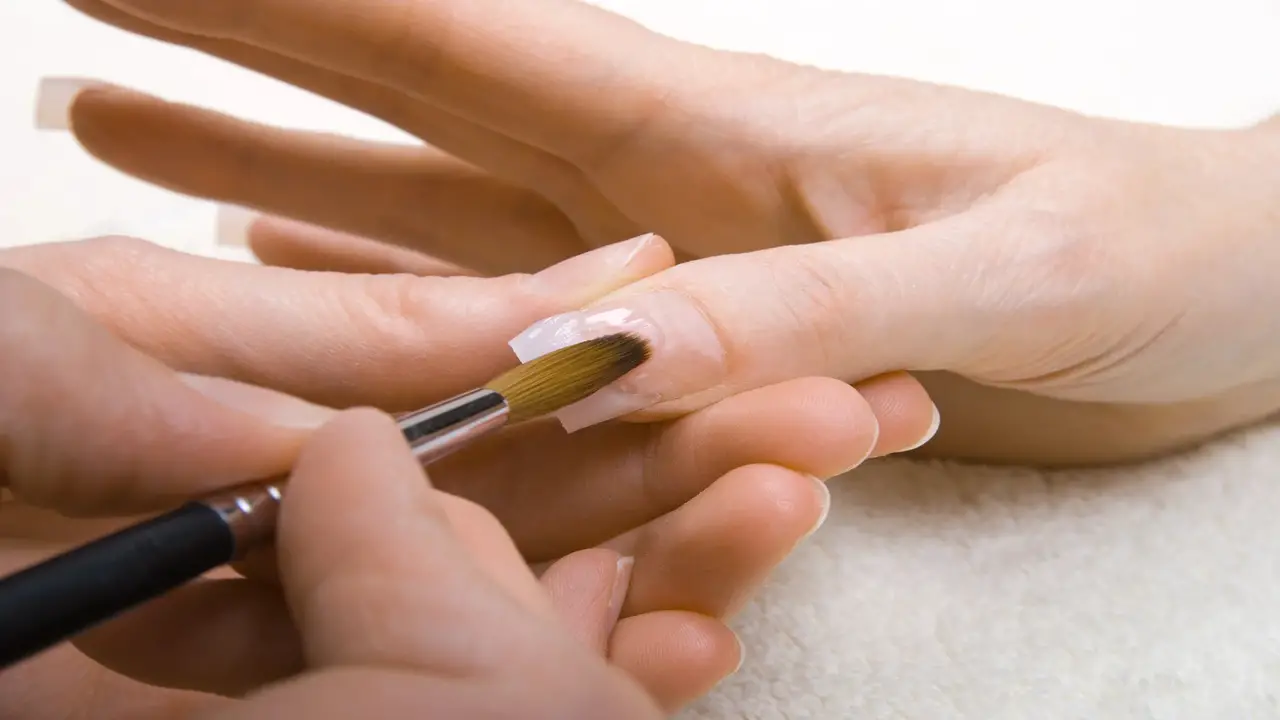
Primer and base coat are two essential products handy in the process of painting. While they may seem similar at first glance, there are significant differences between the two. Primer is primarily handy to prepare the surface for painting, ensuring better adhesion and longevity of the paint. It acts as a sealant, filling in any imperfections and providing a smooth and even surface for the paint to adhere to. There are key differences between them.
Primer:
- People apply primer as the first layer to a surface before painting.
- Designers create it to provide a smooth and even base for paint to adhere to.
- Primer helps to seal the surface, preventing moisture and stains from penetrating the paint.
- It promotes better adhesion and durability of the paint, ensuring a long-lasting finish.
- Primer is available in different types, such as oil-based, water-based, and shellac-based, each with its characteristics and uses.
Base Coat:
- You apply the base coat as the coloured layer after the primer.
- It is the actual paint that provides the desired colour and appearance.
- The base coat provides coverage and enhances the aesthetic appeal of the painted surface.
Tips And Tricks For Achieving The Best Results With Primer And Base Coat
This study aims to examine and analyze the results obtained when using a primer and base coat in various applications. The use of primer and base coat has long been a common practice in various industries, such as automotive, construction, and painting.
The primer acts as a preparatory layer that enhances adhesion between the surface and the subsequent layers, while the base coat provides a smooth and even foundation for the final coat. Here are some tips and tricks for achieving the best results with primer and base coat:
- Clean and prep your surface: Before applying primer and base coat, make sure the surface is clean and free of any dirt, dust, or grease. This will ensure proper adhesion and a smooth finish.
- Use the right tools: Invest in high-quality brushes or rollers for applying primer and base coat. This will help you achieve a more even and professional-looking application.
- Apply thin, even coats: It’s better to apply multiple thin coats rather than one thick coat. This will prevent drips and uneven coverage and help the paint to dry more quickly.
- Sand between coats: After each coat of primer or base coat has dried, lightly sand the surface with fine-grit sandpaper. This will create a smoother surface for the next coat and improve the overall finish.
- Allow proper drying time: Follow the manufacturer’s instructions for drying time between coats and before applying additional layers
Common Mistakes To Avoid When Using Primer And Base Coat

When applying primer and base coat, it is essential to be mindful of certain common mistakes that you can easily avoid. One of the most prevalent errors is failing to clean and prepare the surface before application properly. Neglecting this crucial step can result in poor adhesion and an uneven finish. Common mistakes to avoid when using primer and base coat are:
- Skipping the priming step: It is important to always properly prime the surface before applying the base coat. This helps to create a smooth and even surface for the base coat to adhere to.
- Applying too thick of a coat: When applying primer and base coat, it is crucial to apply thin and even layers. Applying a thick coat can lead to uneven drying, longer drying times, and even cracking or peeling of the paint.
- Not allowing enough drying time: Each coat, including primer and base coat, needs sufficient time to dry before applying the next layer. Rushing this process can result in poor adhesion and an uneven finish.
- Failing to clean and prepare the surface properly: Before applying primer and base coat, it is essential to clean and prepare the surface thoroughly. This includes removing any dirt, grease, or loose paint, as well as sanding and smoothing any rough patches.
Conclusion
While primer and base coat may seem similar in function, they serve different purposes in the world of cosmetics. Primer is a preparatory step handy to create a smooth base for makeup application and extend its wear. On the other hand, a base coat is primarily handy in nail care, acting as a protective barrier and adhesive for nail polish.
Understanding the differences between these two products is crucial for achieving a professional and long-lasting paint job. Both products have their unique benefits and should be chosen based on individual needs and preferences. Understanding the difference between primer and base coat is essential for achieving flawless makeup and nail looks. We hope you now understand what is the difference between primer and base coat.
FAQs:
1.What Is The Purpose Of A Primer In Painting Or Makeup Application?
Ans: The purpose of a primer in painting or makeup application is to create a smooth and even surface for the subsequent layers of paint or makeup to adhere to. It helps to fill in pores, fine lines, and imperfections, creating a flawless base. Additionally, a primer can improve the longevity and staying power of the paint or makeup, ensuring it lasts longer throughout the day.
2.Are Primer And Base Coat Interchangeable Terms?
Ans: No, primer and base coat are not interchangeable terms. People apply a primer, which is a type of paint or coating, directly to the surface before painting or applying another layer of paint. Its main purpose is to provide better adhesion, seal the surface, and create a smooth surface for the topcoat.
3.Can A Base Coat Be Used As A Primer?
Ans: Yes, a base coat can often be handy as a primer. Base coats have specific designs to provide a smooth and even surface for the top coat of paint, and they can also help improve the adhesion of the paint to the surface. In many cases, a base coat can serve the same purpose as a primer by providing a suitable foundation for the paint to adhere to.
4.How Do Primer And Base Coat Products Differ In Terms Of Formulation?
Ans: Primer and base coat products differ in terms of formulation. Primers have specific designs to create a smooth and even surface for paint or other coatings to adhere to. They are typically formulated with a high solids content and have a thicker consistency compared to base coats. On the other hand, base coats are specifically formulated for colour and coverage.
5.Are There Specific Guidelines Or Recommendations For When To Use A Primer Versus A Base Coat In Different Applications?
Ans: Yes, there are specific guidelines for when to use a primer versus a base coat in different applications. Primer is typically handy to prepare surfaces before painting or applying a top coat. It helps improve adhesion, seals porous surfaces, and provides a smooth base for the paint. It is commonly handy on bare wood, metal, or surfaces with stains or discolouration.


